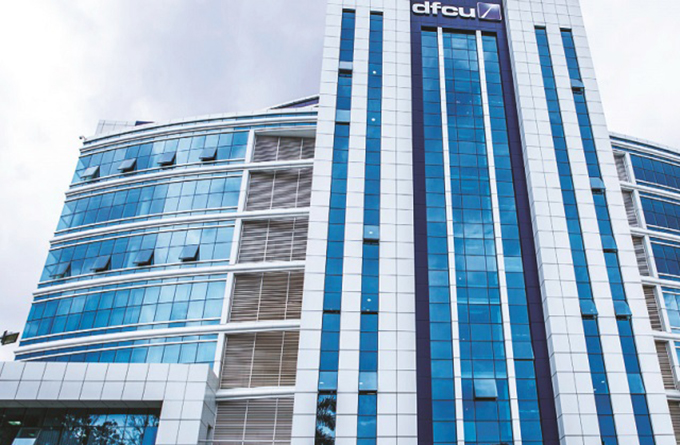
Crane Bank shareholders are seeking legal redress over the way their bank was sold to Dfcu Bank in January 2017. Bank of Uganda said Crane Bank was “undercapitalised and posed a systemic risk to the banking sector”, but the excellent performance of Dfcu Bank after it took over Crane Bank indicates that perhaps Crane, then the fourth largest financial institution in the country was robust.
In a financial statement published on Thursday, Dfcu Bank showed it had recorded an impressive Shs127.6 billion net profit in the year ended 31 December 2017, up from Shs46.2 billion registered in 2016.
With net profits almost tripling, making a Shs81.4 billion leap during turbulent economic times with several banks making losses, the spotlight has been cast of Dfcu’s European owners who have since been mute and not defended themselves on Crane Bank’s questionable take over.
Like they say, the mouth that eats does not talk, Dfcu’s shareholders will be smiling to their bank after proposed dividends increased to Shs51bn, up from Shs18.5bn in 2016.
Dfcu is owned by the Commonwealth Development Corporation (CDC), a British government-owned company, together with Rabo Development from the Netherlands and NorFinance from Norway, who are shareholders in Arise B.V together with Norfund, a Norwegian government-owned Private Equity firm and FMO, the Dutch Development Bank.
Shareholding percentages:
Arise BV 58.71%
CDC Group of the United Kingdom 9.97%
National Social Security Fund (Uganda) 7.69%
Kimberlite Frontier Africa Naster Fund 6.15%
2 undisclosed Institutional Investors 3.22%
SSB-Conrad N. Hilton Foundation 0.98%
Vanderbilt University 0.87%
Blakeney Management 0.63%
Bank of Uganda Staff Retirement Benefits Scheme 0.59%
Retail investors 11.19%
The results at a glance
Dfcu bank’s loans advanced to customers increased to Shs1.3 trillion, up from Shs834.8bn. It should be noted that this increment is attributed to Crane Bank which was the lender of choice of high networth businessmen.
Customer deposits also increased to Shs1.98 trillion in 2017, up from Shs1.13 trillion a year earlier.
Total assets increased to Shs3 trillion, up from Shs1.7 trillion in 2016 while core capital as good as doubled, rising to Shs 362bn in 2017, up from Shs 188bn in 2016.
Dfcu registered impressive results on all key performance parameters save for the high Non-Performing Loans (NPLs) and bad loans written off. NPLs increased by Shs38.3bn to Shs96.6bn in 2017, up from Shs58.3bn in 2016, while bad loans written off rose to Shs27.2bn, up from Shs5bn in 2016. The high NPLs were taken over from Crane Bank.
The bank’s total expenditure also increased to Shs350.8bn in 2017, up from Shs197.6bn in 2016.
However, the rosy period was shortly after Crane Bank’s take over because figures indicate Dfcu registered a tough second half of the year after it posted an impressive Shs114bn net profit in its half year results for 2017, up from Shs23.3bn in June 2016, meaning that in the six months to December 2017 dfcu only made a net profit of Shs13.6bn.
Dfcu’s acquisition of Crane Bank has been summed up as fraudulent by analysts with Crane Bank’s shareholders pointing out their interests were not put into consideration during the sale in accordance to the Financial Institutions Act.
The sale agreement also didn’t state the amounts of money paid by Dfcu as a net purchase price; or the payment terms for monies, or the assets (outside branches) that Dfcu was taking over.
The leaked sale agreement also showed that Dfcu got Crane Bank that was valued at Shs1.3 trillion at no cost.
The former Crane Bank shareholders are turning to the courts of law to get their share of the pie that they were denied in what they call the fraudulent way in which their bank was sold.